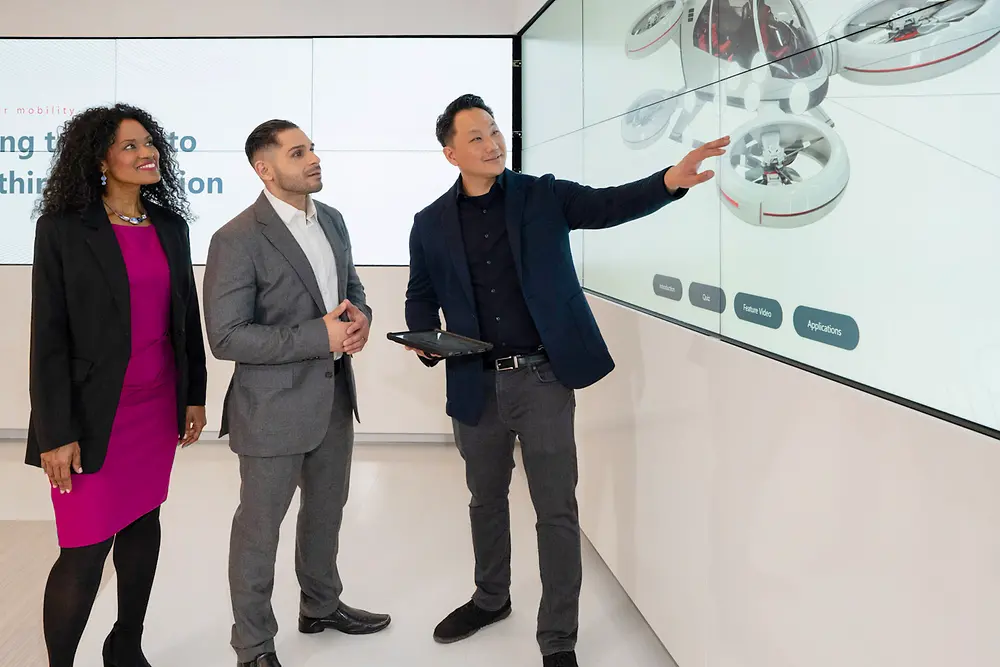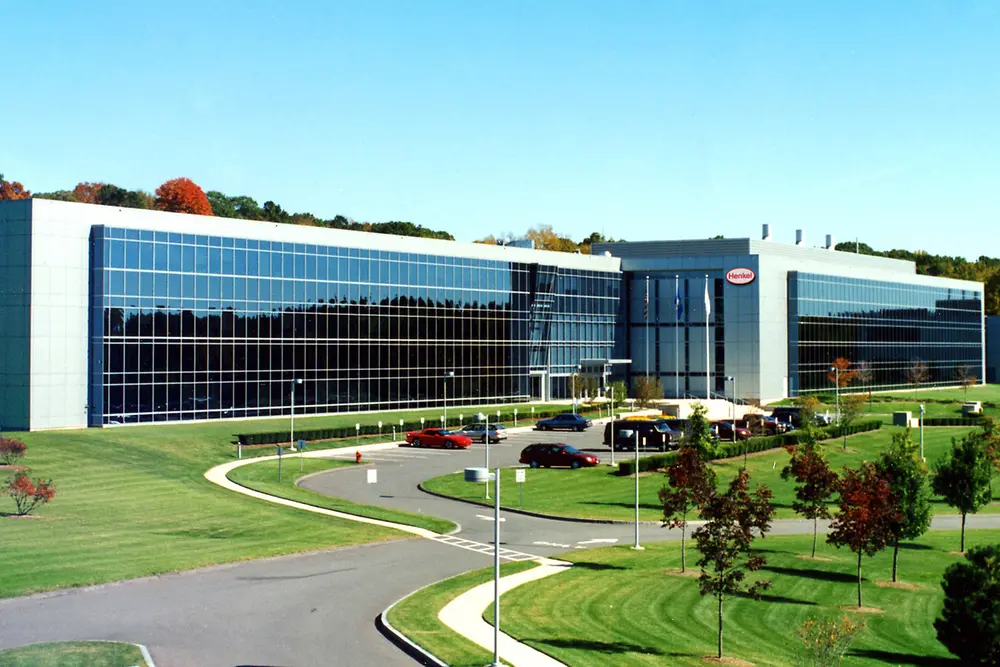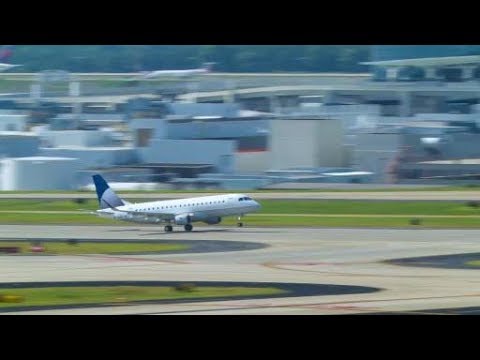Similarly, many companies in the aerospace industry are looking into the potential of electric engines as an alternative to burning fossil fuels. If this technology develops successfully, it would make airplane engines quieter, cheaper and lighter – which could potentially cut their impact on the planet.
It’s not just the body and the engine that are changing – there’s also a revolution taking place in the cockpit. Digital technology is opening up opportunities for cutting-edge electronic controls and guidance systems, as well as sensors for speed, temperature and a wide range of other factors. These technologies make sure passengers arrive at their destinations as quickly and safely as possible.
Sensors are also playing a central role in the development of self-piloting aircraft. By providing real-time data, they could enable autonomous flight management systems to generate and adapt the flight path based on changing conditions. Current prototypes are exploring how this technology could be used for drones that deliver shopping for online stores, as well as for flying taxis. This may sound like a futuristic fantasy – but experts estimate that there could be at least 10,000 flying taxis in service as soon as 2030.
Experts estimate that there could be up to 10,000 flying taxis in service as soon as 2030.
3D printing – exploring a new dimension
If delivery drones and flying taxis sound futuristic, what about 3D-printed aircraft and spacecraft? The aerospace industry is exploring the potential use of additive manufacturing to produce some parts and components of planes and satellites. This could make it possible to produce simplified designs faster and contribute to sustainability by cutting waste.
3D printing has already been used to create prototypes for the automotive, healthcare and fashion industries. Aircraft and spacecraft manufacturers are now looking into applications involving the engines and turbines, as well as the wings and the cabin interior. 3D printing could be a game-changer in helping companies meet rising demand by accelerating production times, while also increasing safety because 3D-printed components are often more durable.
Staying in the air thanks to maintenance and repair
Of course, producing reliable components for an aircraft or spacecraft is only the first step. Planes or satellites are expected to stay in operation for up to 40 years and need to be resistant against wear and tear even when they face extreme conditions. For example, the temperature in space can change from -170 to more than +120 degrees Celsius within a very short time.



















